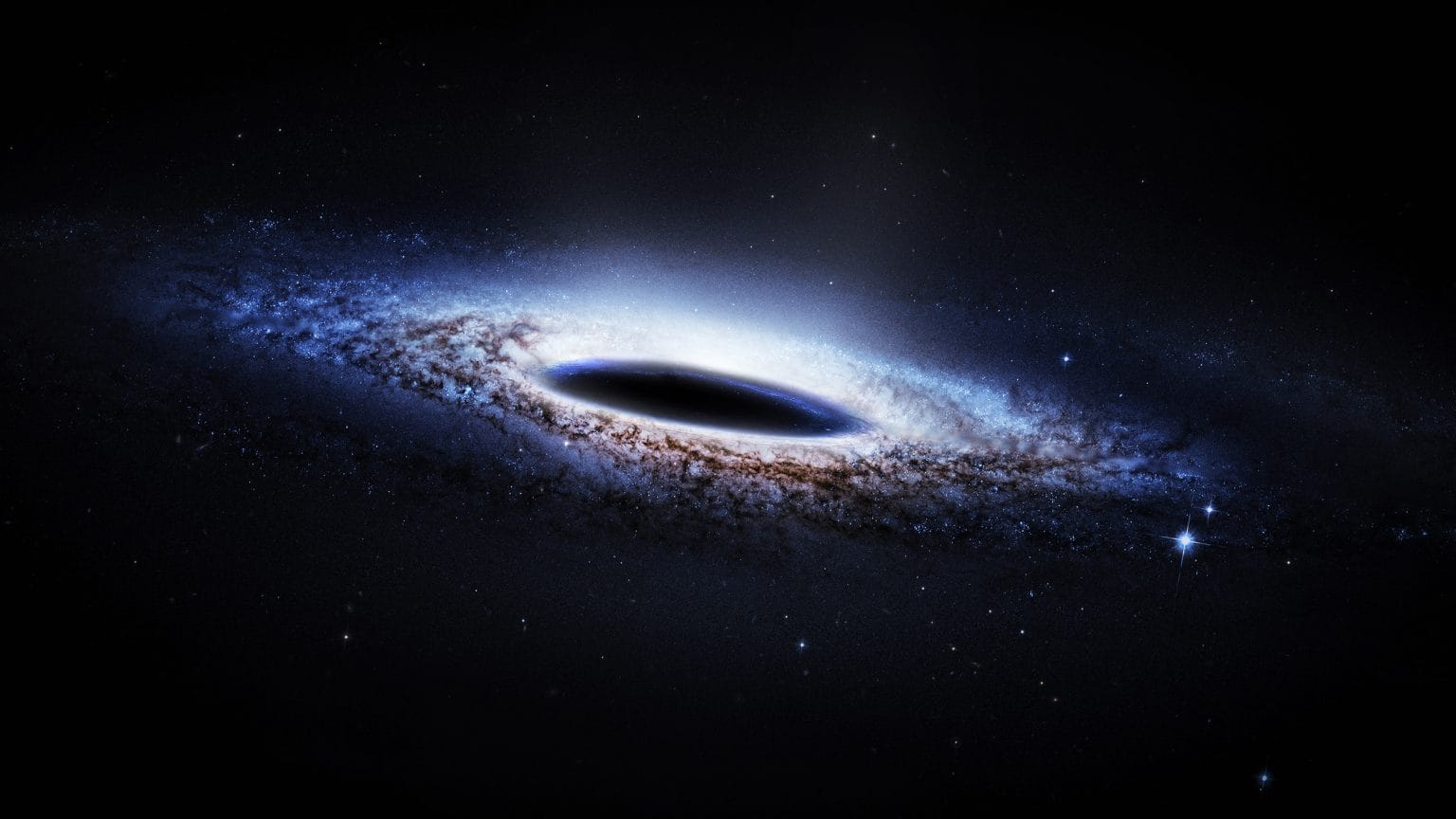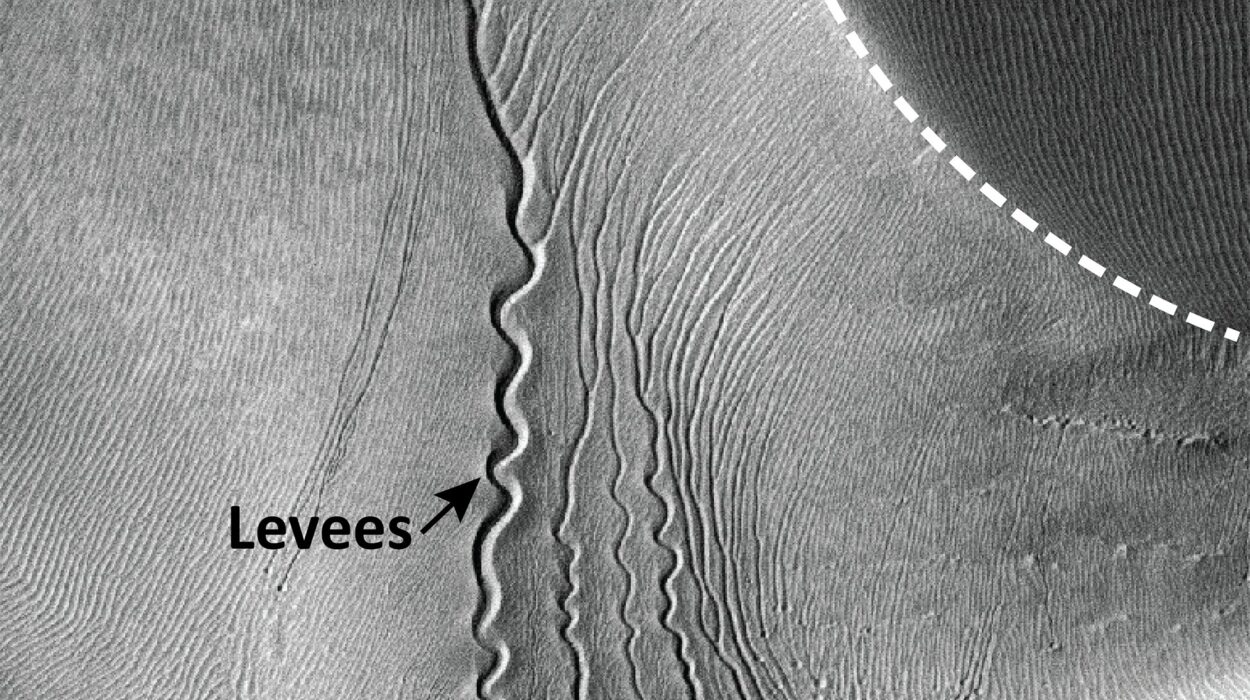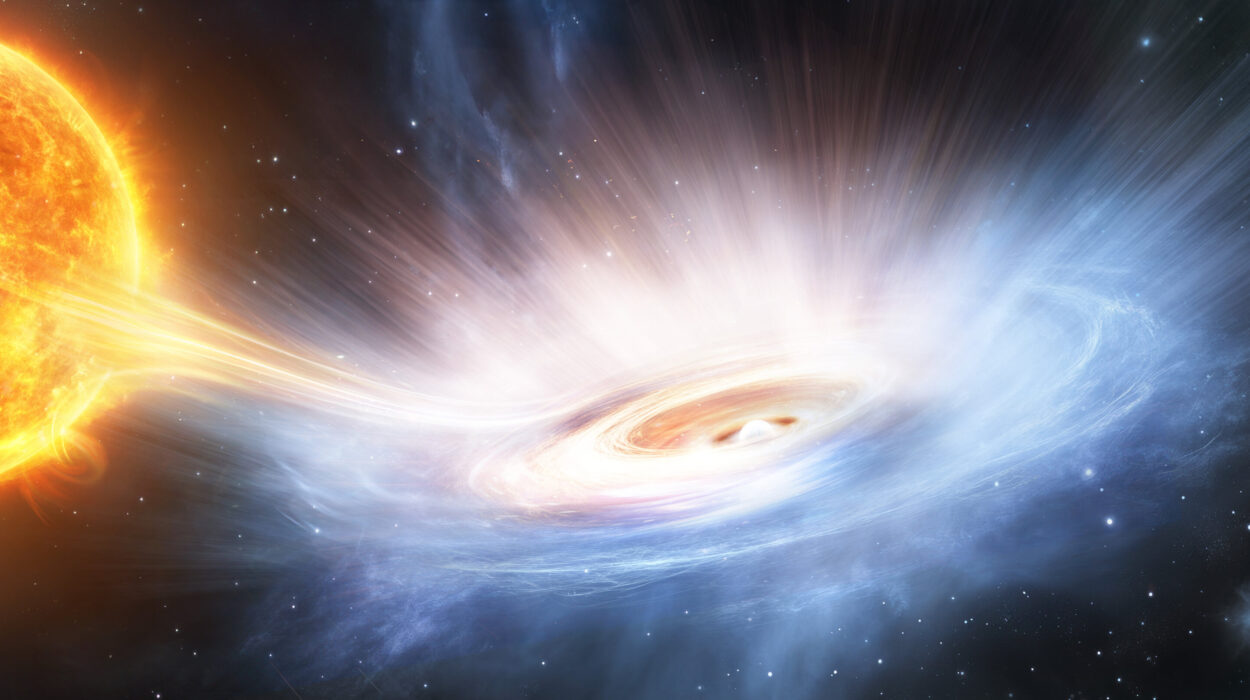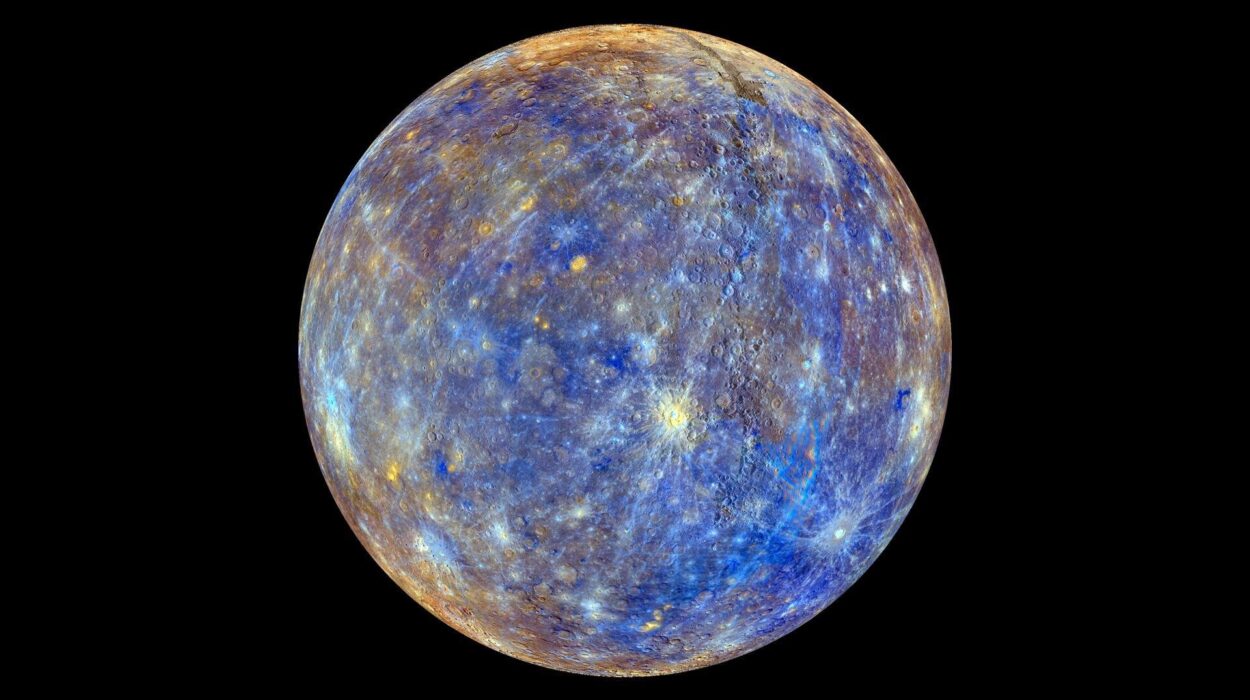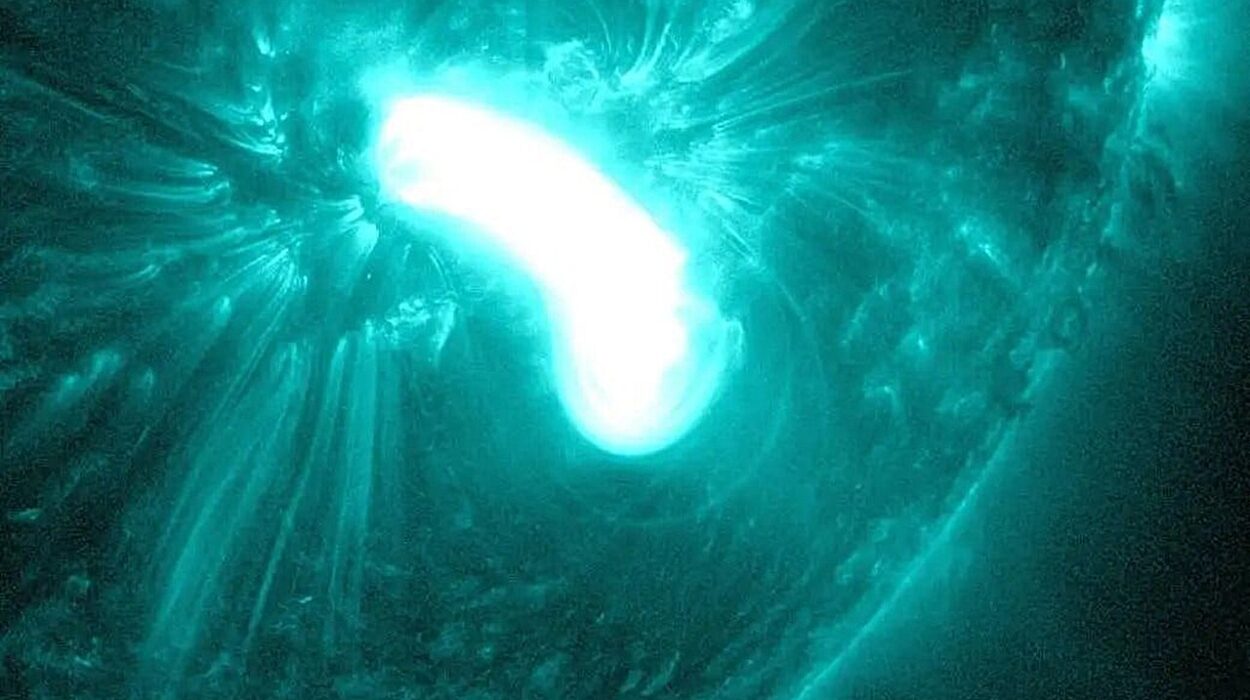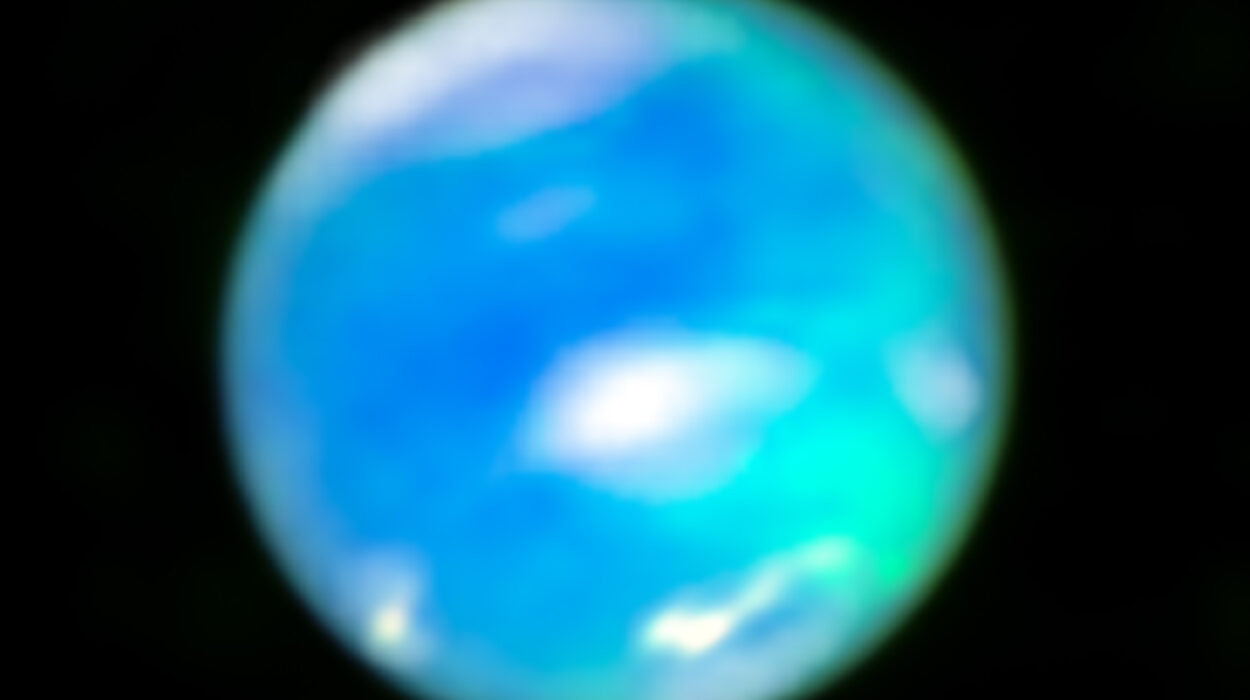There are places in the universe where time slows, space folds, and the known laws of physics unravel like threads in a storm. These are the black holes—cosmic abysses so dense, so powerful, that not even light can escape their pull. They are not just astronomical phenomena. They are the frontier where science meets mystery, where the equations break and our understanding of reality begins to tremble.
To understand black holes is not merely to explore distant regions of space. It is to ask: What is the nature of time? What happens to information? Can something fall out of existence? At the heart of every black hole lies a singularity—a point of infinite density, where the known laws of nature collapse. And perhaps, so too, does our grasp on the meaning of the universe itself.
The Death of Stars, the Birth of Darkness
Black holes are born in violence. The process begins not with darkness, but with light—blazing, furious light from stars far more massive than our Sun. These giant stars burn through their nuclear fuel at breakneck speeds, fusing hydrogen into helium and generating outward pressure that counters the inward pull of gravity.
But fusion is a temporary battle. Eventually, fuel runs out. And when it does, gravity wins.
The core collapses under its own weight. In a matter of seconds, the material is crushed, electrons merge with protons to form neutrons, and a cataclysmic supernova tears through space—a cosmic detonation visible across galaxies.
If the remaining core is massive enough—typically over three times the mass of our Sun—it continues collapsing beyond neutron degeneracy, a physical limit that even the densest known matter cannot resist. At this point, no known force in the universe can stop the implosion.
A black hole is born.
The Event Horizon: The Point of No Return
The defining feature of a black hole is its event horizon. This is the invisible boundary that separates the inside from the outside—the last surface you can ever cross before being lost to the singularity.
Pass the event horizon, and escape becomes impossible. Not even light—the fastest thing in the universe—can break free.
To an outside observer, an object falling into a black hole appears to slow down, inching ever closer to the event horizon, its clock ticking slower and slower due to gravitational time dilation. But from the perspective of the object itself, the fall is swift and silent. No fire, no bang. Just an unrelenting pull into darkness.
What happens after that? Physics starts to fail us. Einstein’s general theory of relativity predicts that, at the center of a black hole, matter is crushed to a single point of infinite density—a singularity. Here, the equations yield infinities. Spacetime curves infinitely. Cause and effect cease to operate in ways we can comprehend. It is not simply that we do not know what happens at the singularity—it is that we cannot know, because our tools to describe reality break down completely.
Einstein’s Reluctant Monsters
Black holes were not always accepted. When Karl Schwarzschild first found an exact solution to Einstein’s equations in 1916 that described a singularity, even Einstein doubted the physical reality of such an object. The idea that a star could collapse into an infinite point seemed absurd.
For decades, black holes lived in the realm of theoretical speculation—mathematical oddities with no known analogs in the real universe.
But slowly, the evidence mounted. Quasars—extremely bright, distant objects—defied explanation until astronomers realized they could be powered by supermassive black holes consuming matter at the centers of galaxies. In our own Milky Way, stars were found to orbit a dark, massive object at speeds too great to be explained by anything but a black hole.
Today, we have not only inferred their existence—we have photographed their shadows. In 2019, the Event Horizon Telescope team released the first-ever image of a black hole’s event horizon. A glowing ring of light surrounded an inky void—humanity’s first glimpse into the place where light itself is swallowed.
The Spacetime Whirlpool
A black hole is not just a region of strong gravity. It is a tear in the geometry of spacetime.
Einstein’s theory of general relativity tells us that mass bends spacetime. The Sun, for instance, curves the fabric of space, causing Earth to orbit around it. A black hole takes this curvature to the extreme—it’s like a bottomless pit in the fabric of the cosmos.
Approach a black hole and space begins to warp. Time slows. Light bends. If you were to orbit a black hole just outside its event horizon, you would experience a phenomenon called gravitational time dilation. An hour for you could be years for someone far away. This is not science fiction. It’s a confirmed prediction of relativity, and has real-world analogs. GPS satellites, orbiting above Earth’s surface, need to correct for time dilation to maintain accuracy.
But near a black hole, this effect becomes so extreme that, in theory, you could witness the far future of the universe in mere moments—before you cross the event horizon and are lost to time entirely.
Falling In: A One-Way Trip
To fall into a black hole is to surrender to inevitability. No matter your speed or power, once you cross the event horizon, all paths lead to the singularity. Escape is no longer possible—not even in principle.
The journey inward is mind-bending. Tidal forces stretch and compress you—an effect called spaghettification. As you fall, gravity acts more strongly on your feet than your head, pulling you into a long, thin strand. For small black holes, this stretching would kill you long before you reach the event horizon. But for supermassive black holes—millions of times the mass of the Sun—the tidal forces at the horizon can be gentle. You might pass through without even noticing.
But you will never return.
To outside observers, you will appear frozen at the event horizon, your image redshifted and dimmed. But for you, time continues normally—until you reach the singularity, where space and time cease to have meaning.
Black Hole Thermodynamics and the Puzzle of Information
One of the most profound mysteries of black holes arises not from gravity, but from quantum mechanics.
In the 1970s, physicist Stephen Hawking proposed that black holes are not entirely black. Through quantum processes near the event horizon, they emit a faint radiation—now known as Hawking radiation. This means black holes can evaporate, shrinking over time, eventually vanishing.
But this leads to a paradox.
If a black hole disappears, what happens to the information about everything it once swallowed? According to quantum theory, information cannot be destroyed. But in Hawking’s scenario, all that information is lost forever—a direct contradiction of quantum mechanics.
This “information paradox” has become one of the most important puzzles in modern physics. Does the information leak out somehow through Hawking radiation? Is it preserved on the event horizon in a kind of holographic imprint? Or does the very structure of spacetime need to be rewritten?
Some physicists now believe that understanding what happens to information in black holes could unlock a unified theory of quantum gravity—a long-sought bridge between Einstein’s relativity and the strange quantum world.
Supermassive Black Holes and the Engines of Galaxies
While stellar-mass black holes form from the death of stars, their larger cousins—supermassive black holes—sit at the hearts of galaxies, weighing millions or billions of solar masses. How they formed remains one of astrophysics’ biggest mysteries.
Some theories suggest they grew from the mergers of smaller black holes. Others propose they were born directly from gigantic clouds of gas in the early universe. Regardless of their origin, these behemoths shape the structure of galaxies. Their immense gravitational pull influences star formation, galactic rotation, and even intergalactic jets that stretch for thousands of light-years.
Our own galaxy harbors one such monster: Sagittarius A*, a four-million-solar-mass black hole cloaked in dust and gas. It sits quietly now, but evidence suggests it once flared brightly in the past—perhaps even affecting Earth’s own biosphere.
Black holes, far from being passive consumers, may be active architects of cosmic evolution.
Wormholes, Time Travel, and Other Possibilities
Because black holes warp spacetime to extreme degrees, they raise tantalizing questions: Could they be portals to other universes? Could they allow time travel?
Theoretical solutions to Einstein’s equations—like the Einstein-Rosen bridge, or wormhole—suggest that a shortcut through spacetime might be possible. In fiction, this leads to concepts like warp drives and interstellar jumps. In science, it leads to fierce debate.
The problem is stability. Wormholes would collapse instantly unless held open by “exotic matter” with negative energy—something no one has yet observed. Some theories of quantum gravity suggest such matter might exist, but it remains speculative.
Still, the fact that black holes hint at these possibilities is extraordinary. They expand our imagination—and perhaps, someday, our reach.
The Sound of Silence
In recent years, we’ve begun to “hear” black holes. Not with ears, but with instruments that detect gravitational waves—ripples in spacetime itself.
In 2015, LIGO made history by detecting the collision of two black holes 1.3 billion light-years away. The merger released more energy in a fraction of a second than all the stars in the universe combined.
It was the sound of two black holes spiraling into each other—a cosmic roar echoing across spacetime. For the first time, we were not just looking at black holes. We were listening to them.
And as our instruments improve, we are tuning in to a universe alive with collisions, dances, and cataclysms that had long gone silent to our senses.
Where Science Meets Mystery
Black holes sit at the crossroads of the known and the unknowable. They challenge our understanding of physics, stretch the limits of mathematics, and force us to confront the very nature of reality.
We don’t know what lies beyond the singularity. We don’t know how to reconcile quantum mechanics and gravity inside a black hole. We don’t even know if the event horizon truly hides everything, or if the universe has built-in escape hatches we have yet to discover.
What we do know is that black holes are no longer fringe ideas. They are as real as the stars in our sky—and far stranger than we ever imagined.
The Final Frontier
To look at a black hole is to gaze into the ultimate mystery. It is to see time stretched, space curved, and energy unleashed in its most violent form. It is to feel humbled by forces that render even the speed of light powerless.
But it is also to stand on the edge of discovery.
Because somewhere beyond the event horizon of what we understand, there may be a deeper theory waiting—one that weaves together gravity and quantum fields, that explains singularities and saves information, that reveals the true structure of space and time.
And in that theory, perhaps, black holes will not be the end of knowledge, but the beginning of a new cosmic story.
